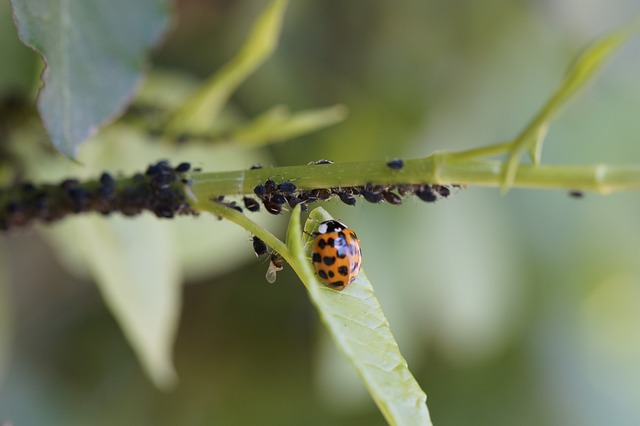Wildlife pest control requires a complex approach that respects species' needs and behaviors, focusing on understanding and modifying habitats. Targeted strategies include natural deterrents, good hygiene, and secure entry points. Identifying common pests like rodents, birds, snakes, and insects early is crucial for ecosystem preservation. Experts balance humane non-lethal methods (e.g., trapping, deterrents) with lethal approaches under strict regulations. Modern technology aids surveillance and data collection, while inspectors ensure ecological harmony through advanced tools and training. Adhering to legal guidelines, minimizing animal stress, and community education are key for effective, ethical wildlife pest control services.
Wildlife pest control is a complex field that requires a nuanced understanding of ecosystem dynamics. This article delves into the multifaceted world of wildlife inspection services, exploring essential aspects of effective management. From comprehending the basic needs and behaviors of target species to identifying invasive threats, we dissect non-lethal versus lethal methods. We also scrutinize modern technologies like drones and sensors, emphasize the importance of expert training, discuss legal considerations, and highlight community engagement strategies for successful wildlife pest control.
Understanding Wildlife Pest Control: The Basic Needs and Behaviors of Target Species
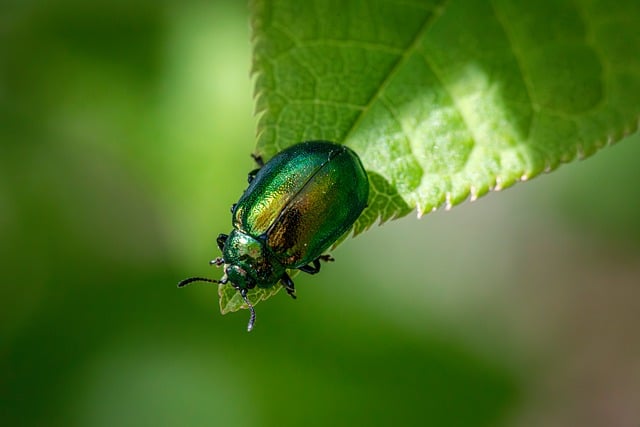
Wildlife pest control requires a deep understanding of the basic needs and behaviors of target species. Each animal has unique requirements for food, water, shelter, and breeding grounds. For instance, rodents like squirrels and mice are often considered pests due to their ability to quickly adapt to human environments, seeking out food sources and comfortable nesting areas. By learning their habits and preferences, pest control professionals can implement targeted strategies that disrupt their presence without causing harm to non-target species or the environment.
Understanding these behaviors is crucial for effective wildlife pest control. Animals are more likely to avoid areas with minimal food resources or where they feel threatened. Therefore, using repellents, trapping, or habitat modification techniques can help deter pests naturally. Additionally, maintaining good hygiene practices and securing potential entry points in buildings and structures can significantly reduce the likelihood of attracting wildlife, ensuring a safer, healthier living environment for both humans and animals alike.
Identifying Common Wildlife Pests: Recognizing Invasive Species and Their Impact

Identifying common wildlife pests is a critical aspect of effective wildlife pest control, especially for businesses operating in areas with diverse ecosystems. Common wildlife pests range from rodents like rats and mice to birds, snakes, and even certain insects. Recognizing these intruders early on is key to minimizing their impact on operations and the environment.
Invasive species, in particular, pose significant challenges due to their ability to outcompete native wildlife and disrupt ecological balance. These non-native species can have devastating effects on local habitats, agriculture, and human health. For instance, invasive plants can choke out native vegetation, while invasive insects like stink bugs or bed bugs can cause substantial damage to crops and commercial properties, respectively. Prompt identification of these pests allows for targeted wildlife pest control strategies, ensuring the preservation of ecosystems and the success of businesses in affected areas.
Non-Lethal vs Lethal Methods: Exploring Different Approaches in Wildlife Inspection Services
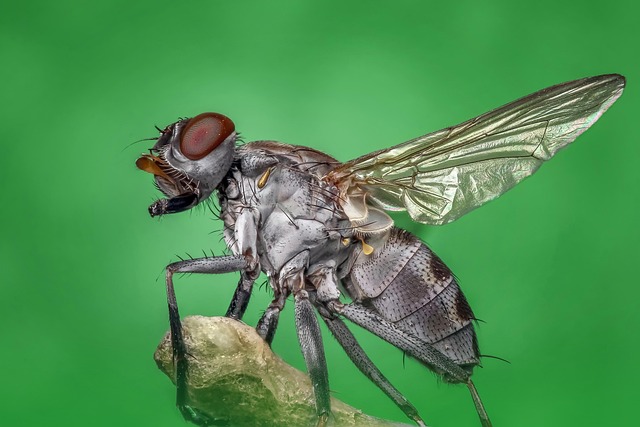
In wildlife inspection services, the choice between non-lethal and lethal methods is a delicate balance that experts carefully navigate. Non-lethal techniques, such as trapping and deterrents, offer a humane approach by capturing or scaring pests without causing harm. This method is particularly valuable for preserving endangered species and maintaining ecological balance. For instance, in urban areas, non-lethal wildlife pest control methods can help manage rodents or birds that might be disrupting human activities while avoiding potential damage to their populations.
In contrast, lethal methods, like culling or targeted shooting, are employed when non-lethal alternatives fail to resolve severe pest issues. These approaches aim to reduce or eliminate specific wildlife species causing significant damage to agriculture, infrastructure, or public health. However, lethal methods are subject to stringent regulations and public scrutiny due to ethical concerns. Effective implementation requires meticulous planning, data-driven decisions, and collaboration with local communities to ensure the success and sustainability of wildlife inspection services.
Modern Technology in Wildlife Management: Drones, Cameras, and Sensors
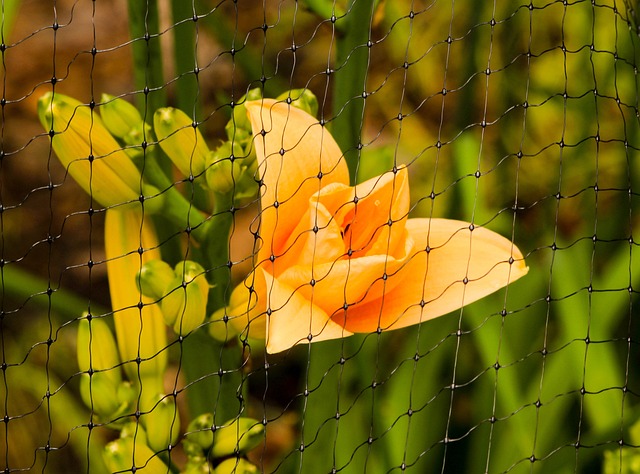
Modern technology has significantly transformed wildlife management practices, offering more efficient and precise methods for wildlife pest control. Drones, equipped with high-resolution cameras and advanced sensors, can surveil vast areas, providing a bird’s-eye view of potential habitat issues or unusual animal behavior. These remote-controlled aircraft are capable of capturing detailed images and data, allowing experts to monitor endangered species, track invasive populations, and assess environmental changes from the comfort of a control room.
Incorporating cameras traps and sensors into wildlife management strategies has further enhanced capabilities. Cameras traps, strategically placed in known or suspected problem areas, can capture images of wildlife activity, helping to identify both common and rare species. Sensors, on the other hand, detect specific conditions like movement, sound, or heat signatures, triggering alerts when potential issues arise. This technology not only aids in early detection but also reduces the need for physical presence in remote or hazardous locations, ensuring safer and more effective wildlife pest control measures.
The Role of Experts: Training and Qualifications for Wildlife Inspectors
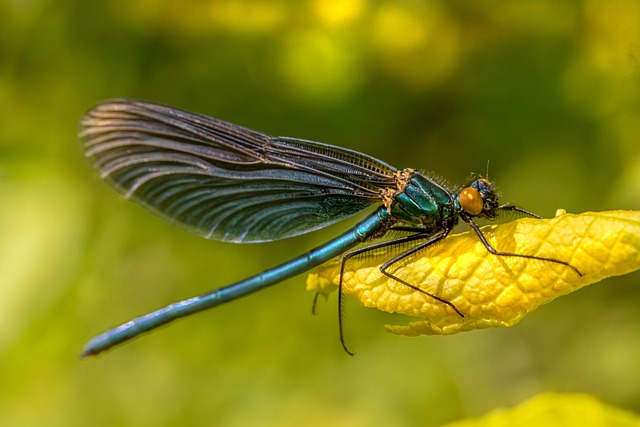
Wildlife pest control experts play a vital role in maintaining ecological balance and public safety. These professionals, often referred to as wildlife inspectors, are trained to handle various situations involving animals that have entered human habitats or pose potential threats. Their work requires a unique blend of scientific knowledge, practical skills, and a deep understanding of local wildlife species.
The training and qualifications for wildlife inspectors vary depending on the region and the specific needs of the ecosystem. Generally, they must possess a strong foundation in biology, ecology, and animal behavior. Many positions require at least a bachelor’s degree in these fields. Additionally, hands-on experience through internships or field work is invaluable. Certification from recognized organizations further enhances their credibility. These experts are often equipped with advanced tools and techniques for pest control, ensuring the humane and effective management of wildlife interactions with human settlements.
Legal Considerations and Regulations: Permits, Licenses, and Ethical Practices
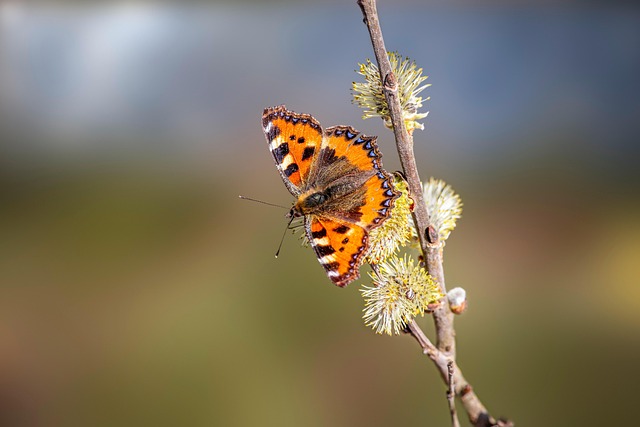
When it comes to wildlife pest control, understanding legal considerations and regulations is paramount for any service provider. Engaging in wildlife inspection services involves adhering to a stringent web of rules and permits designed to protect both the animals and the public. Every region has its own set of guidelines governing the handling and removal of wildlife, ensuring ethical practices that maintain ecological balance. For instance, some species may be protected under local or international laws, requiring special permits for their capture, relocation, or even termination.
Obtaining the necessary licenses is a critical step in offering legitimate wildlife inspection services. These permits ensure that operators are qualified and authorized to conduct specific tasks, from humane trap setting to safe animal removal. Ethical practices extend beyond legal compliance, encompassing everything from minimizing stress on captured animals to ensuring their proper care and release or rehoming. Adhering to these guidelines not only safeguards the environment but also builds public trust in wildlife pest control services.
Community Engagement: Educating and Collaborating with Residents for Effective Pest Control
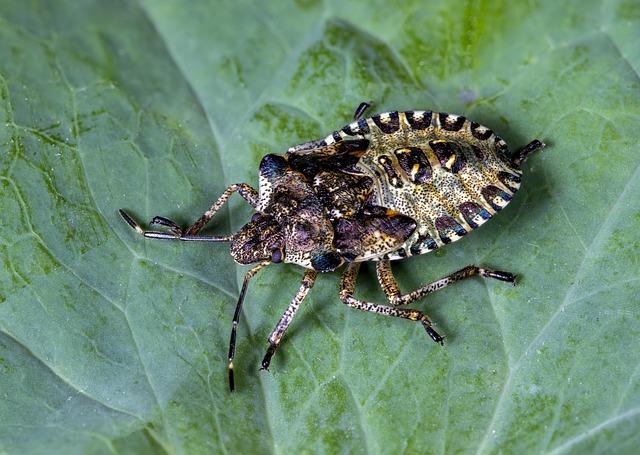
Wildlife Inspection Services play a vital role in maintaining ecological balance and ensuring effective wildlife pest control. Community engagement is a key strategy within this process, as it fosters collaboration and education among residents. By involving local folks, these services can create awareness about the importance of non-lethal pest management and the potential impacts of invasive species.
Through workshops, informational sessions, and interactive programs, residents learn to identify problematic wildlife, understand their behavior, and adopt sustainable practices. This collaborative approach not only empowers individuals to take proactive measures but also encourages responsible co-existence with local fauna. As a result, communities become active participants in preserving the delicate ecosystem, ensuring long-term effectiveness in wildlife pest control.
